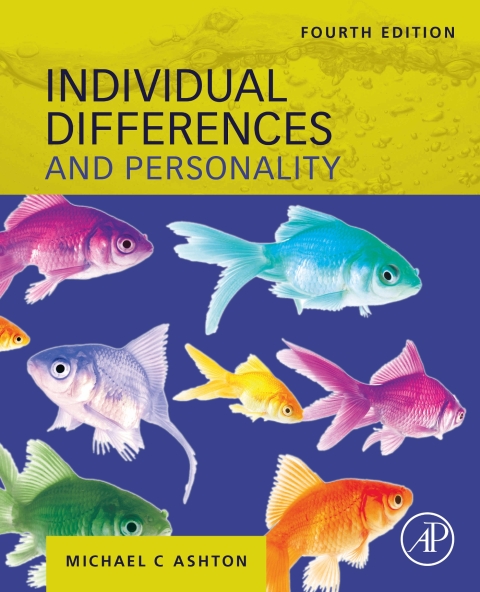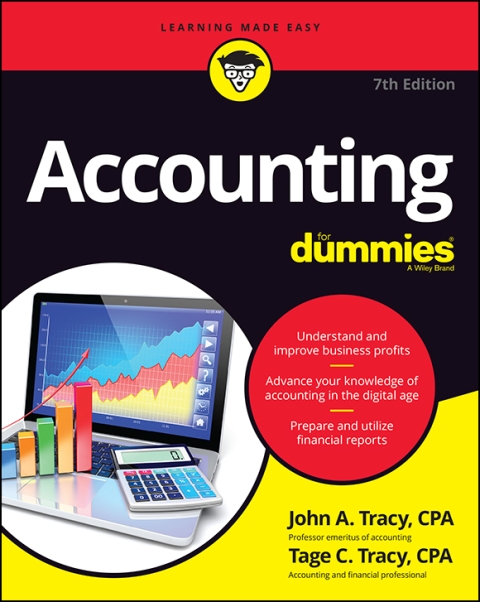Description
Efnisyfirlit
- Cover image
- Title page
- Table of Contents
- Copyright
- Preface
- Acknowledgments
- Introduction
- The Study of Personality
- The Universal, the Unique, and the In-Between
- Idiographic Versus Nomothetic Approaches
- Outline of This Book
- References
- Chapter 1: Basic Concepts in Psychological Measurement
- Abstract
- 1.1: Some Simple Statistical Ideas
- 1.2: Assessing Quality of Measurement: Reliability and Validity
- 1.3: Methods of Measurement: Self- and Observer Reports, Direct Observations, Biodata
- 1.4: Summary and Conclusions
- References
- Chapter 2: Personality Traits and the Inventories That Measure Them
- Abstract
- 2.1: The Idea of a Personality Trait
- 2.2: Personality Traits and Other Psychological Characteristics
- 2.3: Do Personality Traits Exist?
- 2.4: Measuring Traits by Self- or Observer Report: Structured Personality Inventories
- 2.5: Strategies of Personality Inventory Construction
- 2.6: Self- and Observer Reports on Personality Inventory Scales
- 2.7: Summary and Conclusions
- References
- Chapter 3: Personality Structure Classifying Traits
- Abstract
- 3.1: Which Traits to Measure? Completeness Without Redundancy
- 3.2: A Gentle Introduction to Factor Analysis
- 3.3: Factor Analysis of Personality Traits: How to Find a Representative Set of Traits?
- 3.4: Lexical Studies in the English Language: The Big Five Personality Factors
- 3.5: Lexical Studies in Many Languages: The HEXACO Personality Factors
- 3.6: What It All Means: A Few Dimensions, But Many Personalities
- 3.7: Summary and Conclusions
- References
- Chapter 4: Developmental Change and Stability of Personality
- Abstract
- 4.1: Defining Change and Stability
- 4.2: Developmental Changes in Mean Levels of Personality Traits
- 4.3: Stability of Traits Across the Years (and the Life Span)
- 4.4: Personality in Childhood and Infancy: Measurement and Structure
- 4.5: Summary and Conclusions
- References
- Chapter 5: Biological Bases of Personality
- Abstract
- 5.1: Early Ideas: The Four “Humors” and Personality
- 5.2: Neurotransmitters
- 5.3: Brain Structures
- 5.4: Hormones
- 5.5: Summary and Conclusions
- References
- Chapter 6: Genetic and Environmental Influences on Personality
- Abstract
- 6.1: The Question: Nature Versus Nurture
- 6.2: Examining the Similarity of Relatives
- 6.3: Separating Heredity and Environment
- 6.4: The Answers
- 6.5: Assumptions Underlying Heritability Studies in General
- 6.6: Assumptions Underlying Twin-Based Heritability Studies in Particular
- 6.7: Effects of the Unique Environment on Personality? Parental Treatment, Peer Groups, and Birth Order
- 6.8: Summary and Conclusions
- 6.9: Appendix: Difficulties in Separating the Effects of Heredity and Environment
- References
- Chapter 7: The Evolutionary Function of Personality
- Abstract
- 7.1: The Idea of Evolution by Natural Selection
- 7.2: Why Are We Not All the Same? Fluctuating Optimum and Frequency Dependence
- 7.3: Adaptive Trade-offs Between High and Low Levels of the HEXACO Personality Factors
- 7.4: Cross-Generational and Cross-National Differences in Mean Levels of Personality Traits
- 7.5: Summary and Conclusions
- References
- Chapter 8: Personality Disorders
- Abstract
- 8.1: The Idea of a Personality Disorder
- 8.2: The DSM-5 Personality Disorders
- 8.3: An Alternative System for Personality Disorders
- 8.4: Origins of Personality Disorders: Developmental Change and Stability, Biological Bases, Heredity and Environment, and Evolutionary Function
- 8.5: Treatment of Personality Disorders
- 8.6: Summary and Conclusions
- References
- Chapter 9: Personality and Life Outcomes
- Abstract
- 9.1: Does Personality Matter in Life?
- 9.2: Relationships and Marriage
- 9.3: Friendships and Other Peer Relationships
- 9.4: Health-Related Outcomes
- 9.5: Academic Performance
- 9.6: Job Performance
- 9.7: Law-Abidingness Versus Criminality
- 9.8: Life Satisfaction
- 9.9: Summary and Conclusions
- References
- Chapter 10: Mental Ability
- Abstract
- 10.1: The Domain of Mental Ability
- 10.2: The Structure of Mental Ability: One Dimension or Many?
- 10.3: Developmental Change and Stability in Mental Ability
- 10.4: Biological Correlates of Mental Ability
- 10.5: Genetic and Environmental Influences on Mental Ability
- 10.6: Evolutionary Function of Mental Ability
- 10.7: Mental Ability and Life Outcomes
- 10.8: Not All g-Loaded Tasks Are the Same
- 10.9: Alternative Ideas About Mental Ability
- 10.10: Summary and Conclusions
- References
- Chapter 11: Vocational Interests
- Abstract
- 11.1: How Vocational Interests Are Measured
- 11.2: Score Reports From Vocational Interest Surveys
- 11.3: Constructing Vocational Interest Scales: Empirical and Rational Strategies
- 11.4: Major Dimensions of Vocational Interests
- 11.5: Vocational Interests and Personality
- 11.6: Vocational Interests and Mental Abilities
- 11.7: Validity of Vocational Interest Surveys
- 11.8: Origins of Vocational Interests: Developmental Change and Stability, Genetic and Environmental Influences, Biological Bases, and Evolution
- 11.9: Summary and Conclusions
- References
- Chapter 12: Religion and Politics
- Abstract
- 12.1: Religion
- 12.2: Politics
- 12.3: Origins of Religious Beliefs and Political Attitudes: Biological Bases, Genetic and Environmental Influences, and Evolutionary Function
- 12.4: Summary and Conclusions
- References
- Chapter 13: Sexuality
- Abstract
- 13.1: Major Dimensions of Sexuality
- 13.2: Sexuality and Personality
- 13.3: Origins of Variation in Sexuality: Developmental Stability and Change, Genetic and Environmental Influences, Biological Bases, and Evolution
- 13.4: Sexual Arousal
- 13.5: Sexual Commitment (or Restricted Versus Unrestricted Sociosexuality)
- 13.6: Sexual Orientation
- 13.7: Summary and Conclusions
- References
- Conclusions
- What We Have Learned So Far
- What We Have Yet to Learn
- Final Remarks
- References
- Index





